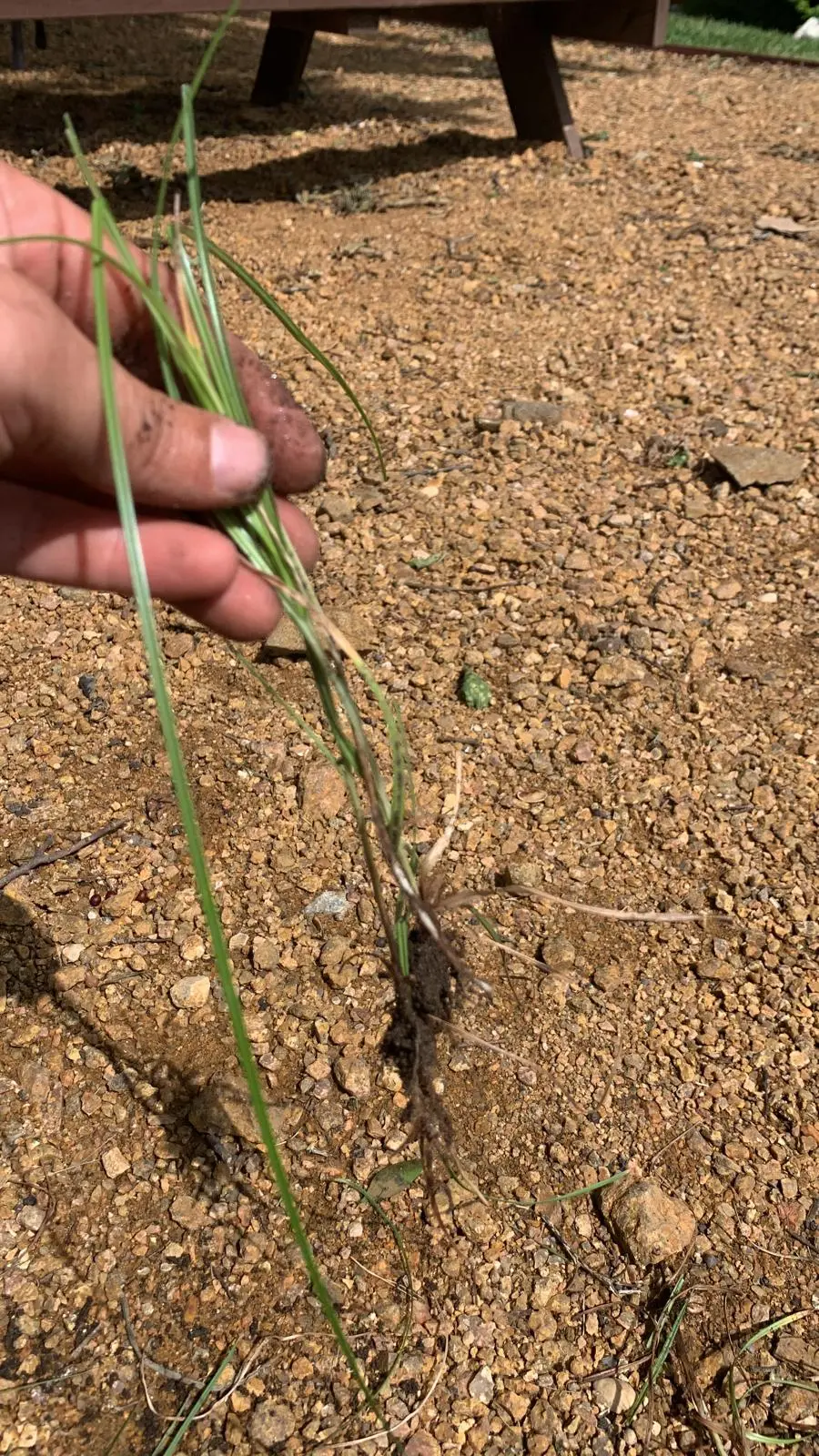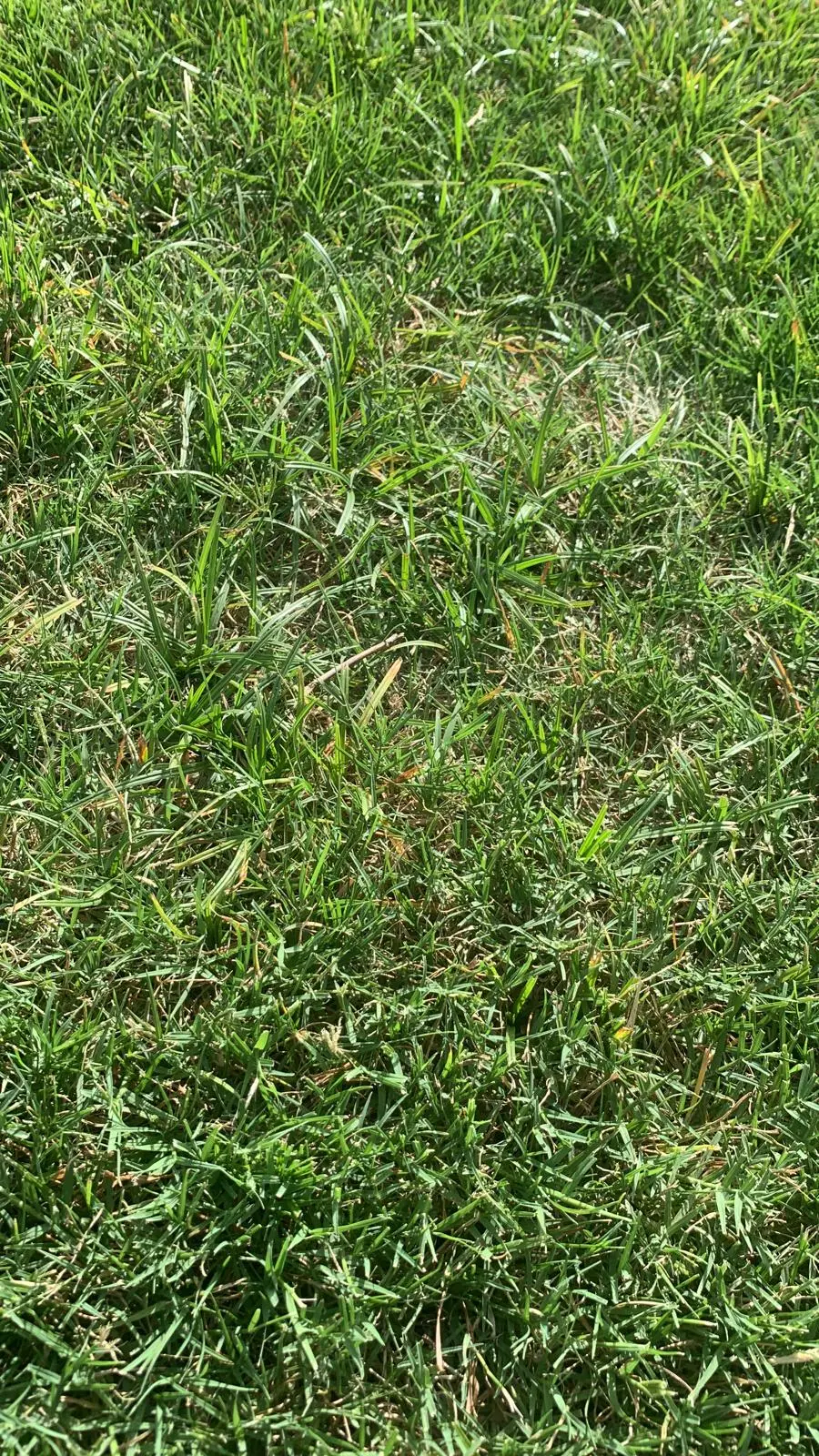When it comes to weed control, we often worry about what we can see and not what may be happening underground. But it’s what we can’t see that can make some weeds so difficult to control.
Nutsedge and Kyllinga are two weeds on our most-wanted list for this very reason.
The Differences Between Nutsedge and Kyllinga
Green Kyllinga is sometimes confused with purple or yellow Nutsedge, and for good reason. Both of these weeds are considered “sedges”, both grow faster and in a different color than our desired grass.
Their growth pattern is one major difference. Yellow nutsedge is typically interspersed within the canopy of your lawn while Kyllinga tends to form a dense mat that spreads outwards, ultimately displacing your desirable grass.
Another difference is how they reproduce. Although Kyllinga does not have tubers as Nutsedge does, its rhizomes still make it extremely difficult to control. We’ll explain what we mean below.
How Nutsedge Spreads Underground
Both weeds have underground rhizomes and/or tubers rather than traditional root systems. A rhizome is a horizontal, underground stem that has roots and shoots branching out from nodes, which is where the above-ground foliage grows from. A tuber functions in much the same way, except the underground stem becomes an enlarged structure that stores the plant’s energy.
As you know, most people actually love to eat a specific type of tuber – it can be baked, mashed, French fried, or sliced thinly and salted (the standard potato!)
But these particular tubers are unwanted. And for good reason.
Pulling These Sedges is Ineffective
According to Texas A&M University, Nutsedge tubers can result in producing a lot of unwanted weeds. During a single-year period, the outward growth from one tuber has the potential to produce 1,900 new plants and 7,000 new tubers!

Simply put, if you don’t remove the entire tuber and just the weed that you see above ground, it will send up a new shoot.
Because these roots don’t have traditional root systems, just pulling them out of the ground isn’t an effective control. There is a high probability that even though you may have removed the weed itself, what remains in the ground is enough for the plant to start over and regrow.
Where Nutsedge and Kyllinga Like to Grow
These pesky weeds often appear in low, wet areas of North Texas landscapes, be it in turf, or in beds. Any area that is overwatered or stays wet for long periods of time is prone to weed growth.
It’s not picky about where it appears, but when it does, it needs to be removed before it becomes a real problem.
Both Nutsedge and Kyllinga are considered warm-season perennial weeds, which means they typically emerge once the weather is consistently warm, even hot. This year (2022) is a bit unusual in our area: we started seeing it appear as early as May.
How to Effectively Control Nutsedge
Regardless of when or where you see it, the most effective way to control these particular weeds is through herbicide application.

We say this all the time, but not all herbicides work in the same way: some are pre-emergents, and some are post-emergents. Others are single-use applications and some require multiple applications to be effective. What works to kill Nutsedge may only suppress Kyllinga. For these reasons, it’s always important to read the labels before deciding on the most effective course of action and the proper way to apply it.
Unfortunately, there is no product on the market that works as a preventative control for Nutsedge. But, there are several products on the market that can be used to control these weeds after they emerge. This year, we are using Celsius in our treatment application. Celsius is a post-emergent, broad-spectrum herbicide that helps control more than 120 weeds. Two applications, timed about six weeks apart, are effective in controlling these two nuisance weeds.
A Comprehensive Weed Control Plan For a Better Lawn
The best defense against any weed, including sedges, is a lush lawn. A nice grass canopy keeps the soil cool, which frustrates Nutsedge. In addition, low areas of turf that hold water should be elevated, a drainage solution put into place, or irrigation decreased. Also, keep in mind that when the weather cools off, Nutsedge & Kyllinga will go dormant, usually after the first frost.
If you do struggle with Nutsedge in your lawn, we take care of it as part of our standard Fertilization and Weed Control Program here at College Fund Landscaping.
Enrolling in this program means you don’t have to worry about which products to use or the correct timing of the application, which is a great way to keep your lawn and landscape worry and weed-free throughout the growing season.
If you want to learn more, contact us today!



Comments (0)
Thanks for your comment!
Thanks for your feedback! Your comments have been successfully submitted! Please note, all comments require admin approval prior to display.
Error submitting comment!
There is a problem with your comment, please see below and try again.